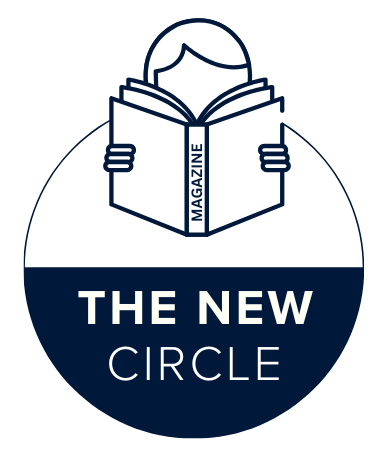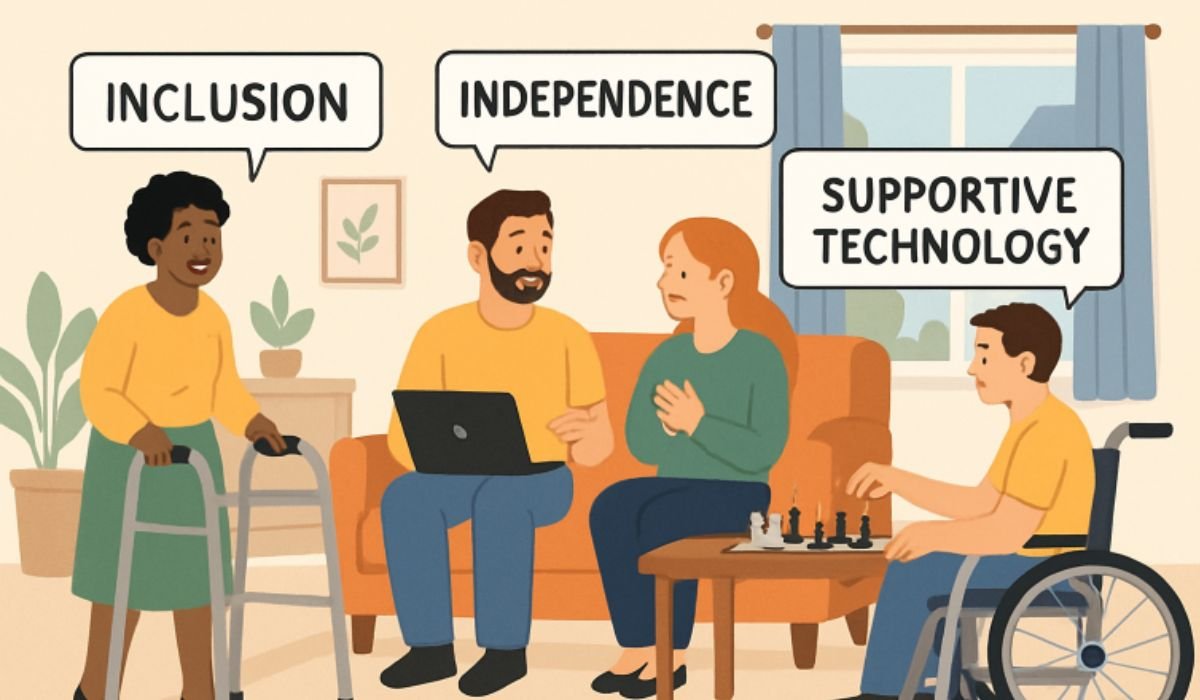Key Takeaways
- Personalized care plans are at the heart of promoting autonomy, respect for individual preferences, and overall engagement with life goals.
- Assistive technology accelerates independence in daily tasks and enhances communication abilities, opening new doors to participation in all areas of life.
- Community engagement and robust social support networks are essential for maintaining lasting well-being, fostering inclusion, and achieving overall life satisfaction.
Enabling individuals with disabilities to achieve greater self-sufficiency is a pivotal goal within today’s landscape of supported living services. As expectations around quality of life and equal opportunity increase, there is mounting recognition that independence should be central in service delivery. By prioritizing personalized solutions, leveraging technology, and fostering community engagement, providers are reshaping what it means to support independence for those who need assistance in their day-to-day lives. The multifaceted nature of these approaches means that people can be supported not only in terms of their practical needs but also emotionally and socially, fostering a greater sense of fulfillment. As these approaches evolve, people are empowered not only to manage their own care but to thrive, participate, and connect more fully within their communities. This shift highlights the broader social movement toward the inclusion and normalization of people with disabilities, championing their rights, accessibility, and personal agency at every step.
Today, supported living environments focus on tailored plans that address the unique strengths, preferences, and aspirations of each person. Gone are the days when care was one-size-fits-all; modern support services emphasize flexibility, choice, and partnership. Assistive tools and adaptive technology are commonplace, designed to help with everything from mobility challenges to personal communication. These technologies are not just functional aids, but crucial enablers of autonomy, confidence, and dignity. Beyond the technology, community integration and advocacy contribute to a holistic ecosystem that supports well-being and resilience at every level, ensuring that supported living doesn’t end at the front door of someone’s home but extends into the cultural, recreational, and economic fabric of the local area.
Personalized Care Plans: A Foundation for Independence
Effective supported living begins with comprehensive, customized support plans. More than just a checklist of daily needs, modern support planning takes a holistic view of a person’s interests, abilities, and life ambitions. This approach might mean developing a clear pathway toward employment or higher education for one person, or facilitating creative or recreational pursuits for another. Organizations are increasingly prioritizing the direct input of individuals and their families, valuing lived experience as the cornerstone of effective support. For example, personal support arrangements now include options for social outings, skill development, and employment readiness when appropriate, acknowledging each person’s right to self-determination. The commitment to regular reviews and flexibility ensures plans remain relevant and empowering as an individual’s needs and aspirations evolve.
READ ALSO: Pedro Vaz Paulo: Expert Strategies for Business & Wealth Growth
Assistive Technology: Enhancing Daily Living
Modern technology has opened a world of possibilities in the realm of supported living. Individuals now benefit from a wide spectrum of tools—ranging from voice-activated smart home devices that help with controlling lights and thermostats, to apps that aid in time management, medication reminders, and communication boards that empower non-verbal users. These advances reduce reliance on caregivers for many routine tasks, supporting further independence and privacy while improving quality of life. Apps designed for task-scheduling, digital assistants for reminders, and wearable devices that monitor health or mobility all play a significant role. Many supported living services integrate these tools directly into their care settings, enabling residents to participate more actively in their daily lives and routines. As a result, technology is not only bridging physical or communication gaps but also fostering a sense of competence and security for both individuals and their families.
Community Integration: Building Social Connections
Beyond physical accommodations, true independence is shaped by emotional and social health. Supported living is most impactful when it encourages community participation and the cultivation of meaningful relationships. Service providers are building programs that facilitate attendance at community events, local recreation, or volunteer opportunities. These experiences provide people with the opportunity to be recognized as valuable community members. For many, the opportunity to participate in local activities offers a sense of normalcy and belonging that is essential for overall well-being. Regular social activities—whether it’s joining clubs, taking classes, or simply spending time with friends—cultivate friendships, alleviate isolation, and enhance interpersonal skills. The encouragement of inclusive communities, where every member matters, helps break down stigma and highlights the importance of diversity in all facets of society.
Skill-Building Programs: Empowering Through Education
Skill-building is a cornerstone of independent living that extends far beyond the basics of self-care. Supported living services now routinely offer classes and workshops spanning financial literacy, cooking, digital skills, and creative arts. These programs not only enhance practical competencies but also instill confidence, foster personal interests, and offer opportunities for self-expression. In many supported living environments, skill-building is embedded in daily routines, with staff providing coaching and encouragement tailored to each participant’s learning style. Over time, this focus on skill acquisition inspires greater initiative and resilience, both of which are essential to long-term independence. Importantly, ongoing access to new learning opportunities helps individuals adapt as their needs and aspirations change, opening doors to vocational training, personal hobbies, or greater participation in household decision-making.
Adaptive Equipment: Facilitating Safe Environments
Physical safety is foundational for autonomy, especially for individuals with mobility or health-related challenges. Adaptations to the home environment—such as grab bars in bathrooms, ramps for easier entry and exit, non-slip flooring, visual and tactile safety markers, and advanced medication dispensers—can make daily life safer and more manageable. Such equipment minimizes the risk of accidents while enabling individuals to carry out daily routines with less assistance. The integration of adaptable furniture or customized kitchen tools also makes it easier to prepare meals and complete household tasks, further reducing reliance on support staff. The right adaptive tools extend the scope of independence without compromising safety, providing peace of mind for both residents and their loved ones. Continuous assessment of the living space and quick access to equipment as needs change are also key for maintaining a supportive environment.
Advocacy and Self-Determination: Empowering for Change
Self-advocacy is increasingly recognized as a driver for systemic change and personal growth. Supported living programs are collaborating with advocacy groups to encourage individuals to engage in community organizing, policy input, and training on rights and self-advocacy. These experiences empower people to articulate their needs, navigate public services, and advocate for inclusive policies at every level, fueling improvements in housing, accessibility, and opportunity. By teaching the principles of self-determination and providing platforms where voices are heard, supported living services help people not only advocate for themselves but also become change agents for others. The emphasis on advocacy highlights the importance of representation and the right to participate fully in society as equal citizens. Participation in advocacy efforts, whether local or national, also fosters a sense of purpose and community connection.
Conclusion
Innovative strategies in supported living are revolutionizing how individuals with disabilities navigate life, championing a new era of inclusion, choice, and possibility. Through personalized care, breakthrough technologies, skill-building, community involvement, and unwavering support, supported living services empower each person not just to participate but to thrive as an active, independent member of society. As these efforts continue to gain momentum, the vision of a world where everyone is supported—and celebrated— in living life to the fullest moves ever closer to reality.
YOU MAY ALSO LIKE: How to Track Your Furniture During Delivery?

